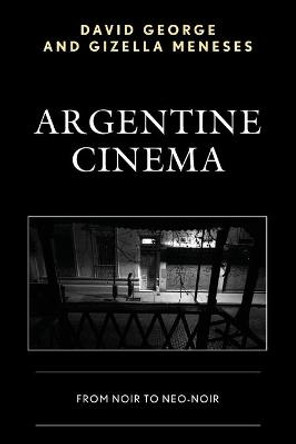Applys a noir lens to films which defy easy generic categorization Revaluation of classical-era international films through focus on noir elements in films otherwise not considered film noir Consideration of liminality as a driving feature of film noir, including genre, cultural norm, border, and boundary crossings A case study approach that explores individual film examples within critical, production, and historical contexts While few can deny its incalculable influence on popular filmmaking during and after World War II, film noir has been and remains one of the most contentious categories of cinema, involving more debates than consensus about what constitutes a noir. This collection explores the amorphous parameters of this dark cinematic phenomenon by utilising an expanded, nuanced definition of film noir, which reaches beyond traditional conceptions of genre, style, and cycle to examine its complex international origins and emphasis on issues of liminality. Through illuminating case studies of single films from nations including Argentina, the former Czechoslovakia, France, Great Britain, Poland, Spain, and the US, authors consider elements of genre hybridity, border crossing, boundary breaching, and other signifiers of liminality to reassess classical-era films that defy conventional generic and stylistic categorisation.
About the AuthorElyce Rae Helford is Professor of English at Middle Tennessee State University.Christopher Weedman is Assistant Professor of English at Middle Tennessee State University
Book InformationISBN 9781474498142
Author Elyce HelfordFormat Hardback
Page Count 240
Imprint Edinburgh University PressPublisher Edinburgh University Press
Series Traditions in World Cinema









